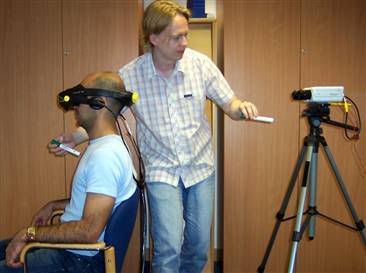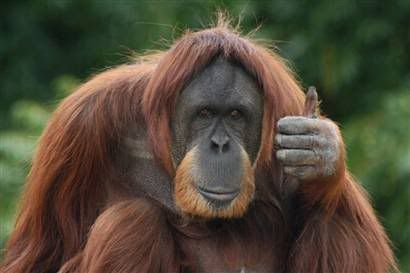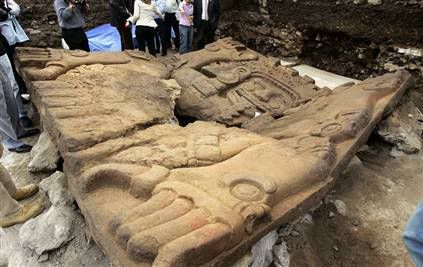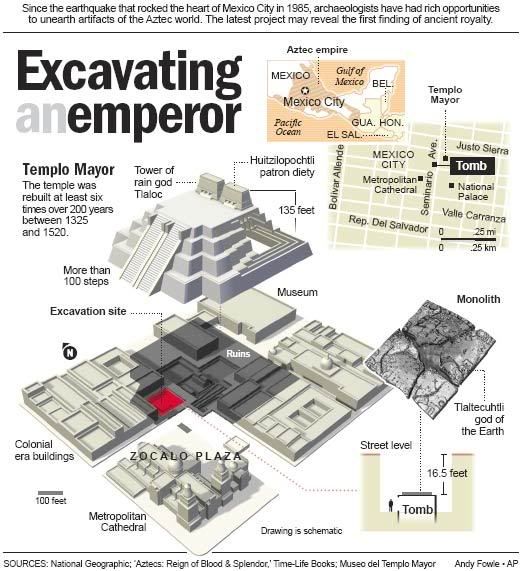“We have decades of intense research on visual perception, but not very much yet on body perception," said Henrik Ehrsson of University College London.
"But that may change, now [that] virtual reality offers a way to manipulate full-body perception more systematically and probe out-of-body experiences,” said Olaf Blanke, a Swiss Federal Institute of Technology neuroscientist.
The researchers worked on separate studies, which are detailed Thursday in the online edition of the journal Science.

Researchers equipped subjects with virtual-reality goggles that showed images from a stereoscopic video camera setup — two cameras spaced like a pair of eyes. When placed behind the person wearing the goggles, the cameras acted as a "virtual self" that looked at the subject's back.
As subjects watched themselves from behind, an experimenter prodded their chests with one hand while prodding the air just below the cameras at the same time. Because subjects could see the experimenter's hand but not the spot it was poking, researchers said subjects felt as if they were being poked in the chest — outside their bodies.
“This was a bizarre, fascinating experience for the participants," Ehrsson said. "It felt absolutely real for them and was not scary. Many of them giggled and said ‘Wow, this is so weird.’”
Where's my body?
But the researchers didn't stop there. They also performed the experiment with cameras behind a wigged mannequin to test the brain's limits of self-perception.
When they saw a bodily shape, they still felt it was them," said Bigna Lenggenhager, a psychologist also with the Swiss Federal Institute of Technology. She explained that touching both the fake body and the real body at the same time tricked many of the subjects.
"They felt a touch was there but couldn't pinpoint it," Lenggenhager said, noting that some felt as if the mannequin was their own body.
Going even further to test the effect, researchers removed subjects' goggles and asked them to move to where they believed they were standing during the experiment. Almost every time, she said, they overshot and walked back to their virtual self's location — and not where their real or simulated body was situated.
"They didn't localize themselves where their real body was," Lenggenhager told LiveScience.com. "Where the camera was is where they believed they were."







